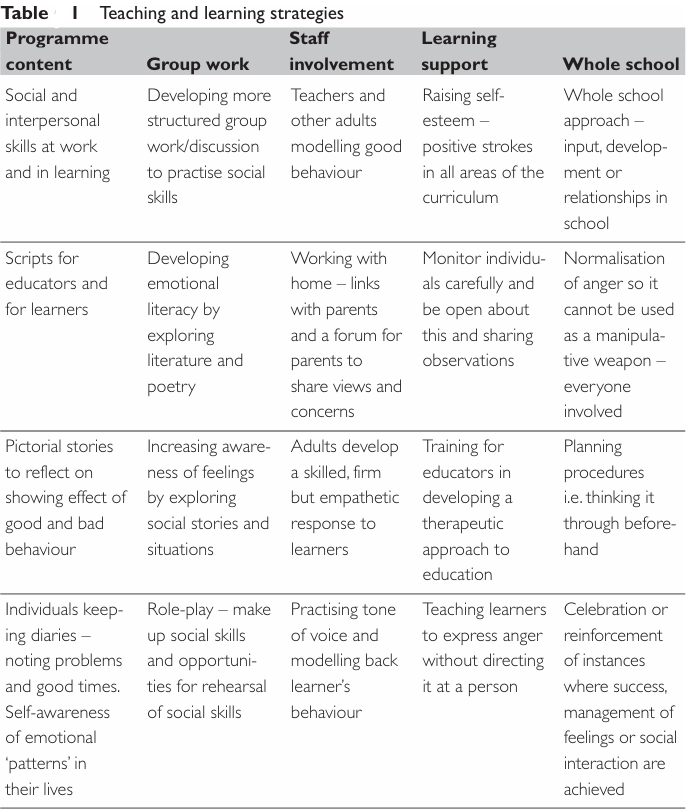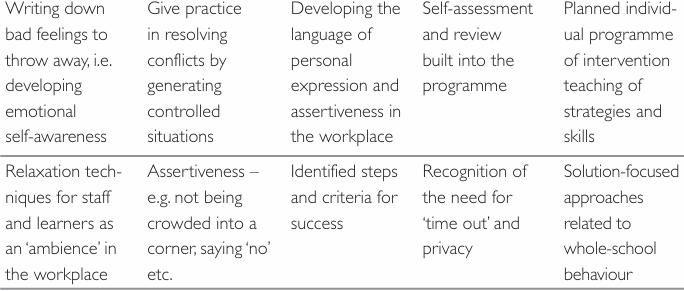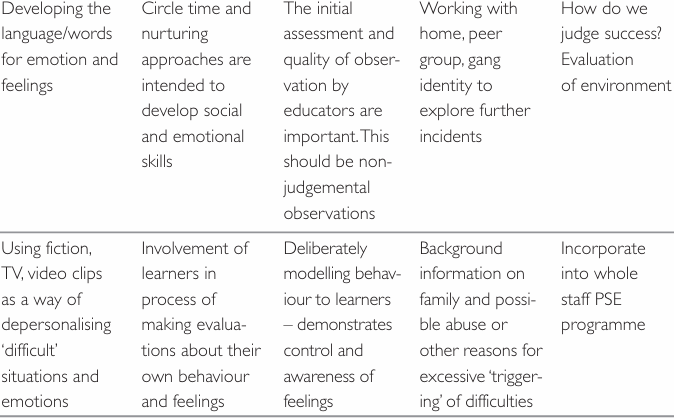

Grammar


Tenses


Present

Present Simple

Present Continuous

Present Perfect

Present Perfect Continuous


Past

Past Simple

Past Continuous

Past Perfect

Past Perfect Continuous


Future

Future Simple

Future Continuous

Future Perfect

Future Perfect Continuous


Parts Of Speech


Nouns

Countable and uncountable nouns

Verbal nouns

Singular and Plural nouns

Proper nouns

Nouns gender

Nouns definition

Concrete nouns

Abstract nouns

Common nouns

Collective nouns

Definition Of Nouns


Verbs

Stative and dynamic verbs

Finite and nonfinite verbs

To be verbs

Transitive and intransitive verbs

Auxiliary verbs

Modal verbs

Regular and irregular verbs

Action verbs


Adverbs

Relative adverbs

Interrogative adverbs

Adverbs of time

Adverbs of place

Adverbs of reason

Adverbs of quantity

Adverbs of manner

Adverbs of frequency

Adverbs of affirmation


Adjectives

Quantitative adjective

Proper adjective

Possessive adjective

Numeral adjective

Interrogative adjective

Distributive adjective

Descriptive adjective

Demonstrative adjective


Pronouns

Subject pronoun

Relative pronoun

Reflexive pronoun

Reciprocal pronoun

Possessive pronoun

Personal pronoun

Interrogative pronoun

Indefinite pronoun

Emphatic pronoun

Distributive pronoun

Demonstrative pronoun


Pre Position


Preposition by function

Time preposition

Reason preposition

Possession preposition

Place preposition

Phrases preposition

Origin preposition

Measure preposition

Direction preposition

Contrast preposition

Agent preposition


Preposition by construction

Simple preposition

Phrase preposition

Double preposition

Compound preposition


Conjunctions

Subordinating conjunction

Correlative conjunction

Coordinating conjunction

Conjunctive adverbs


Interjections

Express calling interjection


Grammar Rules

Passive and Active

Preference

Requests and offers

wishes

Be used to

Some and any

Could have done

Describing people

Giving advices

Possession

Comparative and superlative

Giving Reason

Making Suggestions

Apologizing

Forming questions

Since and for

Directions

Obligation

Adverbials

invitation

Articles

Imaginary condition

Zero conditional

First conditional

Second conditional

Third conditional

Reported speech


Linguistics

Phonetics

Phonology

Linguistics fields

Syntax

Morphology

Semantics

pragmatics

History

Writing

Grammar

Phonetics and Phonology

Semiotics


Reading Comprehension

Elementary

Intermediate

Advanced


Teaching Methods

Teaching Strategies

Assessment
What could be found in a Therapeutic Education program?
المؤلف:
John Cornwall and Sue Soan
المصدر:
Additional Educational Needs
الجزء والصفحة:
P91-C6
2025-04-09
493
What could be found in a Therapeutic Education program?
Remember:
■ Relationships are central to the whole process.
■ There is not a simple solution approach to teaching and learning.
■ Educators are not just ‘deliverers of curriculum’.
■ Educators’ humanity and professional skills are an integral part of the process.
■ Therapeutic education approaches recognize the essential humanity of both educator and learner.
■ Therapeutic approaches involve all areas of the curriculum and the social environment of school.
Table 1 summarizes possible teaching and learning strategies. They are ideas to be developed according to an educator’s and learner’s needs. It is intended to trigger thoughts about where and how developments can take place in individual schools.



Key issues
■ Behavior is never just behavior (good or bad); there are always reasons for behavior.
■ Learners cannot always articulate those reasons and often they may not even be aware of them.
■ This is why it is hard to change learners’ behavior and it will involve a learning process, the triangle of awareness, where thoughts, feelings and behavior are all important.
■ Understanding the basis of a therapeutic approach to education can open up ways in which schools can be effective in reducing the impact of disaffected and disruptive learners as well as providing a healthy educational culture that will also minimize the problems for individual learners themselves.
■ Behavior cannot be divorced from its underlying thoughts and feelings.
■ The triangle of awareness is vital throughout this area of work, because behavior does not occur without a good reason. The good reason may only exist in the mind of the learner whose behavior is being looked at, but to them the reasons are good and worthwhile, whatever anyone else thinks. This notion needs to be grasped before problem solving can commence.
■ Remember acting on behavior out of context and without an effort to understand the nature of the behavior is usually a recipe for failure for all concerned, especially the learner.
 الاكثر قراءة في Teaching Strategies
الاكثر قراءة في Teaching Strategies
 اخر الاخبار
اخر الاخبار
اخبار العتبة العباسية المقدسة

الآخبار الصحية















 "المهمة".. إصدار قصصي يوثّق القصص الفائزة في مسابقة فتوى الدفاع المقدسة للقصة القصيرة
"المهمة".. إصدار قصصي يوثّق القصص الفائزة في مسابقة فتوى الدفاع المقدسة للقصة القصيرة (نوافذ).. إصدار أدبي يوثق القصص الفائزة في مسابقة الإمام العسكري (عليه السلام)
(نوافذ).. إصدار أدبي يوثق القصص الفائزة في مسابقة الإمام العسكري (عليه السلام) قسم الشؤون الفكرية يصدر مجموعة قصصية بعنوان (قلوب بلا مأوى)
قسم الشؤون الفكرية يصدر مجموعة قصصية بعنوان (قلوب بلا مأوى)


















